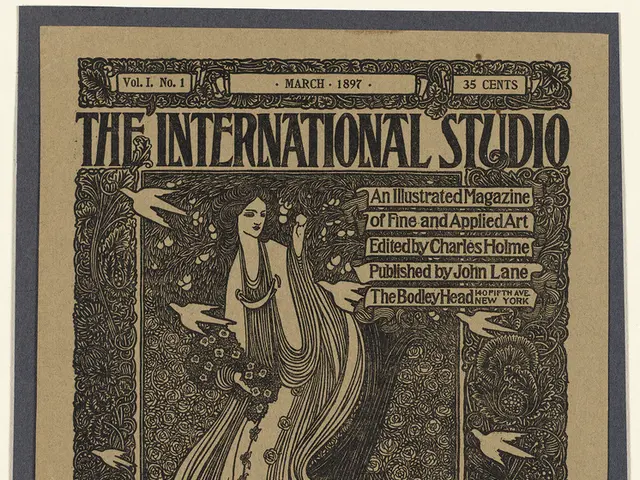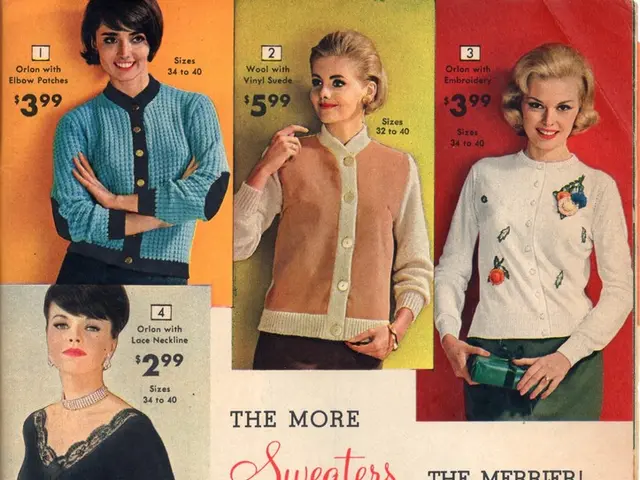Nostalgia Drives Consumer Behavior and Marketing Strategies
Nostalgia, a profound human emotion, is driving consumer behaviour and marketing strategies. Brands are leveraging this longing for the past to evoke positive feelings and stimulate sales.
Companies like Otto, Coca-Cola, and Cliff are resurrecting past campaigns to engage with consumers. Otto's revival of its iconic slogan "Otto… find’ ich gut" after two decades, Coca-Cola's 'Share a Coke' campaign targeting Gen Z, and Cliff's shower gel comeback are recent examples. Disney's live-action remakes of animated classics, such as 'The Lion King' and 'Beauty and the Beast', also appeal to both new and old fans.
Nostalgia can bolster self-esteem and fortify social bonds. It influences consumer behaviour, fostering brand loyalty and purchases based on sentimental value. Coca-Cola's Christmas ads featuring Santa Claus tap into this by evoking warm, fuzzy feelings associated with the holiday season. However, over-reliance on nostalgia can alienate younger audiences and appear disingenuous. Nintendo's re-release of classic video games, like the NES and SNES classics, capitalizes on consumers' emotional connection to retro titles, driving sales through nostalgia.
Nostalgia serves as a potent tool in marketing, evoking strong emotions and fostering a sense of connection with consumers. By comprehending and harnessing this emotion, brands can differentiate themselves in a competitive market and cultivate customer loyalty. However, striking the right balance is crucial to avoid alienating younger audiences.
Read also:
- Unfair Expenditure Distribution, Secret Tourists, Looming Rabies Threats: Latest News Roundup
- Strategies for expanding your creative enterprise, directly from industry experts
- Strategies for Mitigating Negative Feelings in Customer Interaction with Your Goods or Services
- Director Celine Song defends her film 'Materialists' against accusations of elitism and classism.








